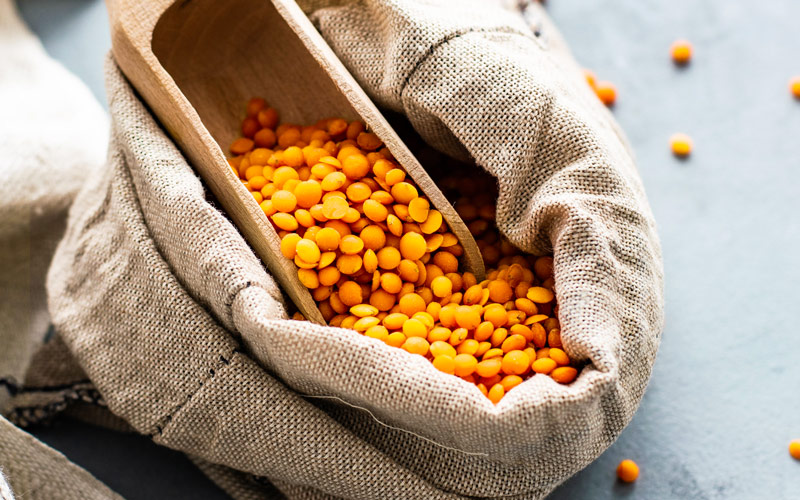Would anyone like a glucagon-like peptide?

‘Progress’ relentlessly persists in the world of medicine where great strides are being made in the diagnosis and treatment of cancer as well as degenerative illness such as dementia. The extent to which such ailments are diet related is a big debate. Less of a debate is the role of diet upon obesity but this is one big area of medical development that is causing a growing impact, the waves of which are now starting to lap the shores of the food industry, most notably through glucagon-like peptide-1 (‘GLP-1’).
Obesity is a scourge of the modern age. Indeed, whilst overweightness existed in centuries gone-by, especially for those that could afford to be so, it is since WWII that clinical and conventional obesity have rocketed across the world, very much including the UK. Indeed, it is quite noticeable if one watches footage of say the 1950s and 1960s, this struck me observing the footage around the passing of the great Sir Bobby Charlton, just how few people were then overweight.
That weight is a construct of the affordability of food structurally increasing over the decades, and certain foodstuffs more than others. Indeed, in the 1940s over one-third of household expenditure in the UK was spent on food. Pre-pandemic, that figure stood at less than 10%, recent appreciation reflecting high food inflation set against lesser wage growth. With work changing from a lot of physically exacting activity when primary and secondary industries were more evident to more sedentary work in the post-industrial age (c85% of the UK economy is services) the formula for the country putting on weight is well set.
Within the affordability of food equation, however, there are key moving parts, not least of which has been the change in what has been consumed in the era of mass-market manufacturing and Food & Beverage provision. Whilst not exclusively, in the 20th century major US food businesses in particular grew around the production of tasty, low-cost foodstuffs, largely proprietary brands, that contained high participation of starch, notably affordable cereals and sugars, plus salt and saturated fats.
Alongside such breakfast cereals, confectionery, canned goods and so forth, increased affordability of carbonated soft drinks, quick service restaurant menus (burgers, breaded chicken, chips, kebabs, pizza…), and alcohol has led to changed diets and so waistlines that have correspondingly expanded. So much so that the world has a big obesity problem, one that is now costing national health services considerable sums in servicing diet/lifestyle related coronary heart disease, strokes, and type-2 diabetes amongst others.
Medicine has not been standing still on this front. From the roots of insulin research, which came to the fore in the 1920s, film goers in DiCaprio’s ‘Killer of the Flower Moon’ may relate to this narrative, glucagon-like peptide 1 (GLP-1) is a drug that suppresses hunger and is now starting to be widely discussed especially in the USA, where it is most notably evident, as something that may cause an impact upon aggregate food demand.
Everyone sensibly states that it is very early days in GLP-1 relationship with the food industry, but its impact has arrived and could yet be very notable. Already, Wal-Mart Inc., in the USA in early October 2023 reported that it is seeing evidence that shoppers using diet suppressant drugs such as Ozempic and Wegovy were putting slightly fewer items in their baskets than the ‘total population’, noting that the retailer sells the drugs through its pharmacies with sales between 2020-22 up by 300% according to a Trilliant Health report.
Meanwhile, Swiss domiciled Nestle, spoke to work on bringing to market products that complement GLP-1 drugs, its CEO, Ulf Mark Schneider stating: ‘Please note that while these drugs offer new therapy options for obese patients and for patients with type 2 diabetes, they are not a permanent solution and are no replacement for an appropriate diet coupled with the right amount of exercise’.
Such a Nestle view epitomises common-sense, of course, but I sense the food industry is in the foothills of the impact of GLP-1 and the like. Applying common-sense may lead us quickly to the view that the aforementioned quick service food service sector and those food manufacturing businesses perhaps heavily associated with over-consumption – alcohol, carbonated soft drink, pizza, snacks, confectionery and so forth – could be at the forefront of investor thinking in this respect. Those investors may be thinking about where Mr Schneider sees the opportunities over where to perhaps avoid.
In this respect, it is also probably sensible to suggest that any demand impact of GLP-1 type drugs will be least evident on whole foods products, notably fruit & vegetables and proteins such as unprocessed fish and meat. Simplicity, it would seem, may also be a virtue in future food markets, complexity in this respect has not worked for the alternative protein market to date. Lots of hypothesising is now present but there is not enough evidence yet to make more demonstrative assertions as to the strategic impact of the drugs.
As with any medical intervention, time will also reveal the full potential and otherwise of dietary suppressant drugs, including the behaviours that may needed to make them work e.g., exercise, the duration for their consumption, and the types of foodstuffs actually consumed under drug use, whilst the matter of any side effects and interactions with other widely consumed drugs, a cocktail effect if one likes, probably also needs to come through.
So, a lot of water is set to flow under the bridge on the impact of GLP-1 upon food markets, but the genie is out of the bottle and this acronym can be expected to become an ever more prevalent component of discourse on sector prospects, investment flows and valuations.
Dr Clive Black
Senior Advisor
Coriolis Consulting
November 2023








